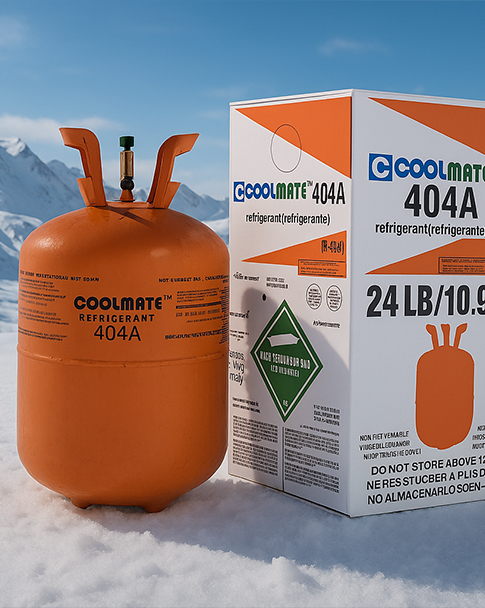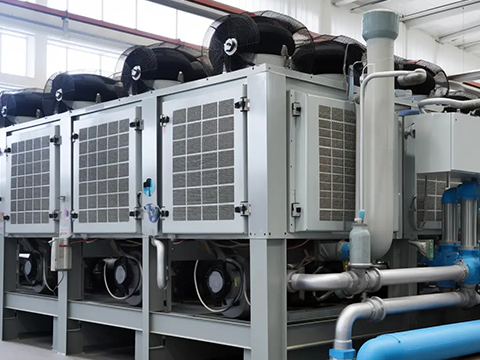How Much Does 1 Pound of R134A Cost?
Sep 11, 2025
R134A refrigerant (also called hydrofluorocarbon‑134a) is one of the widely used refrigerant gases. It’s not perfect environmentally, but compared to older refrigerants it causes less ozone depletion. Because of that, many systems still use eco‑friendly refrigerant R134A or are being designed for it.
Here’s what you need to know about its cost — actual price, what affects it, what “installed vs wholesale” means, and tips for buying.
Typical Cost of R134A Refrigerant
Wholesale / material‑only cost of refrigerant gas R134A is usually about $4 to $10 per pound in the U.S.
If you include installation, service fees, leak detection, labor, etc., the cost per pound of R134A refrigerant for charging an AC system can rise to $50 to $110 per pound depending on how much service is involved.
So simply buying a pound of the gas is cheap, but putting it into a system (especially if there are leaks or it must be evacuated, etc.) makes it much more expensive.
What Drives the Cost
Several factors cause this wide range, whether you talk about high efficiency refrigerant R134A or just regular R134A refrigerant gas:
Quantity / Bulk Discounts
Buying large cylinders or bulk tanks tends to lower the price per pound. Small cans cost more per pound.
Supplier & Packaging
Whether the refrigerant comes in a disposable cylinder, refillable cylinder, or bulk vat matters. Handling, certification, transport all add cost.
Regulatory & Environmental Costs
Refrigerants including R134A are subject to environmental regulations (phase‑downs, taxes, or special handling rules). Sometimes these raise cost (or availability issues) of eco‑friendly refrigerant R134A.
Labor / Installation Complexity
If you're paying someone to evacuate the existing gas, fix leaks, test, recharge, etc., that adds a large part of the cost. That’s why “installed cost” per pound is much higher than “gas only.”
Market & Seasonal Demand
In hot seasons, demand for AC servicing peaks; transportation and supply chain costs fluctuate. That can push up the price of refrigerant gas R134A temporarily.
Comparison & Trends
As new, more efficient and lower global‑warming‑potential refrigerants are developed, R134A is under pressure; some vehicles / systems are switching to alternatives. But R134A remains in use for many automotive ACs, refrigerators, freezers, etc.
“High efficiency refrigerant R134A” is a term sometimes used to denote systems optimized for low leaks and better heat transfer so that less refrigerant is needed, which lowers effective cost over time.
Suppose your car’s AC needs 2 pounds of R134A to refill. If you buy gas only, at $5 / lb, that’s $10. But:
Add labor: maybe $50‑$100 or more depending on shop.
If there's a leak or you need diagnostic work, add more.
Total cost could end up $60‑$150 or more.
If instead it’s a more complex system (commercial refrigeration, large AC unit), installed cost per pound might be toward the high end ($100+ per pound) because more work and safety regulations.
Bottom Line
Raw cost of R134A refrigerant gas: $4‑$10 per pound (U.S., material only)
Installed cost in many service jobs: $50‑$110 per pound or more depending on labor, location, etc.
If you’re buying eco‑friendly refrigerant R134A or paying for high efficiency refrigerant R134A systems, focus on reducing leaks, using certified suppliers, and comparing quotes. That’s how actual cost—including long term efficiency—gets controlled.
Read More


